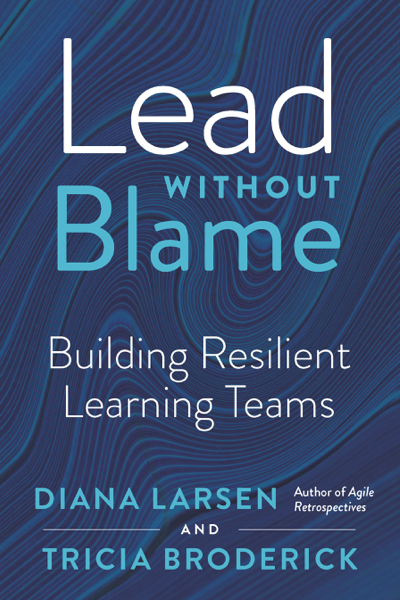So often people go throughout the day without realizing who they interact with, how much they interact and why they interact. This makes sense as the purpose is rarely for the interaction but what the interaction is for (i.e. my goal wasn’t to talk to Bill but discuss something with Bill for me to proceed). As leaders, I do believe that sometimes our purpose should be “to just talk to Bill” not just when we need something.
Several years ago, I did a little experiment with my team. I created a matrix with each of their names as a row. I then created columns for interactions such as “said hi”, “answered a question”, “asked a question”, “collaborated”. I asked them to mark an X in each cell that was true in the past week. The results were very interesting. This simple exercise exposed strengths and weaknesses of relationships within the team.
- Was there one person on the team that was consistent in not interacting with others?
- Was there a conflict between a couple of people limiting interaction?
- Was there a realization that the more likely you were to say hi, ask/answer questions, the more likely you were to collaborate
- Was there an appreciation for how much the team was collaborating?
I found this experiment very useful for a team that had been working well together for a while as it helped to reinforce that connections/interactions were important for high performance. In particular, that continuous work is required to maintain relationships for collaboration.
Another variation of this concept that I recently leveraged with a new team was just to track every interaction over a week. This means if you said hi to Sally, write Sally and add a tally mark. If you worked with John for a document, add a tally mark after John’s name. This is not a painless exercise but produced valuable insights. My questions were pretty simple:
- What pattern(s) did you notice?
- Who is missing?
- Who would want to be more on this list?
-
Who is on the list too much?
-
Why are touch points important?
As a result this generated realizations such as that many interactions are repeated “syncs” and that there might be more effective and efficient way to approach the communication. Then I was super excited to learn that there was a recognition that the list was growing, especially that there were more opportunities to work with their peers. Plus, no one yelled at me for making them track it for a week…whew!
Here’s a challenge to you, do one of these exercises for yourself. What are your interactions?




